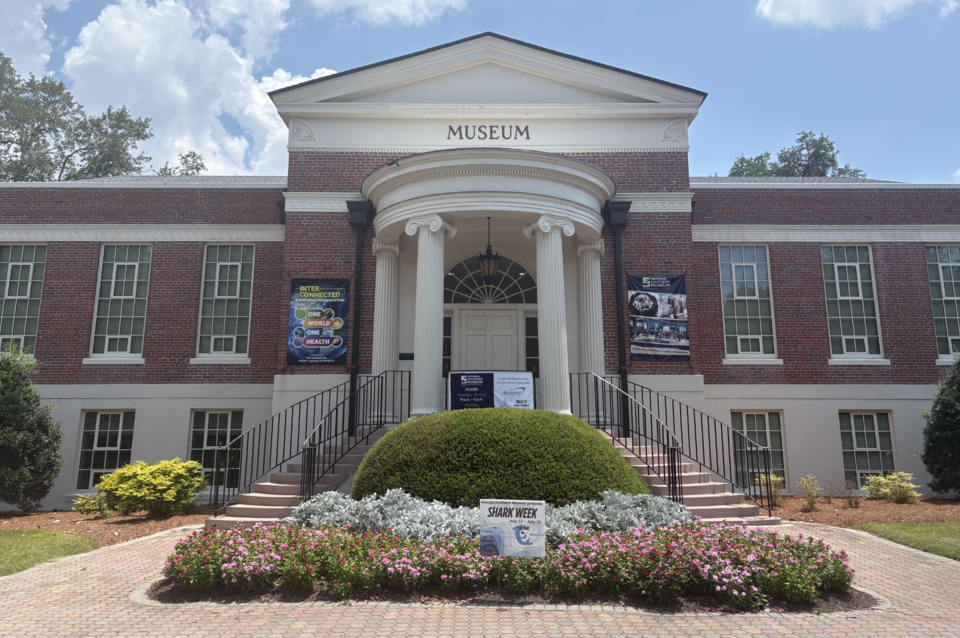I've walked past the Georgia Southern Museum a couple times—usually when I'm on my way to class and resort to finding paid parking in Sweetheart Circle after being unable to find parking in my regular lot.
The building has always impressed me, even without stepping foot through the doors. The front of the museum is decorated with vibrant foliage, followed by two spiral staircases leading up to the main doors, framed by an arched window above the doors and four looming pillars.
The structure of the building already screamed "museum," but nothing could've prepared me for when I stepped inside. I'll admit, I wasn't expecting much—I've only lived here for a couple of months, and prior to moving here, I was under the impression that Statesboro, Georgia, was just a small town with little to offer.
Obviously, I was wrong. I was immediately blown away by the number of displays and information this one building held. To my right, a large room encompassed everything from Earth's beginnings, to dinosaurs, to current-day species. The mosasaur, the one we all know and love from the Jurassic Park franchise, was the star of the show with its skeleton taking the center action of the room.
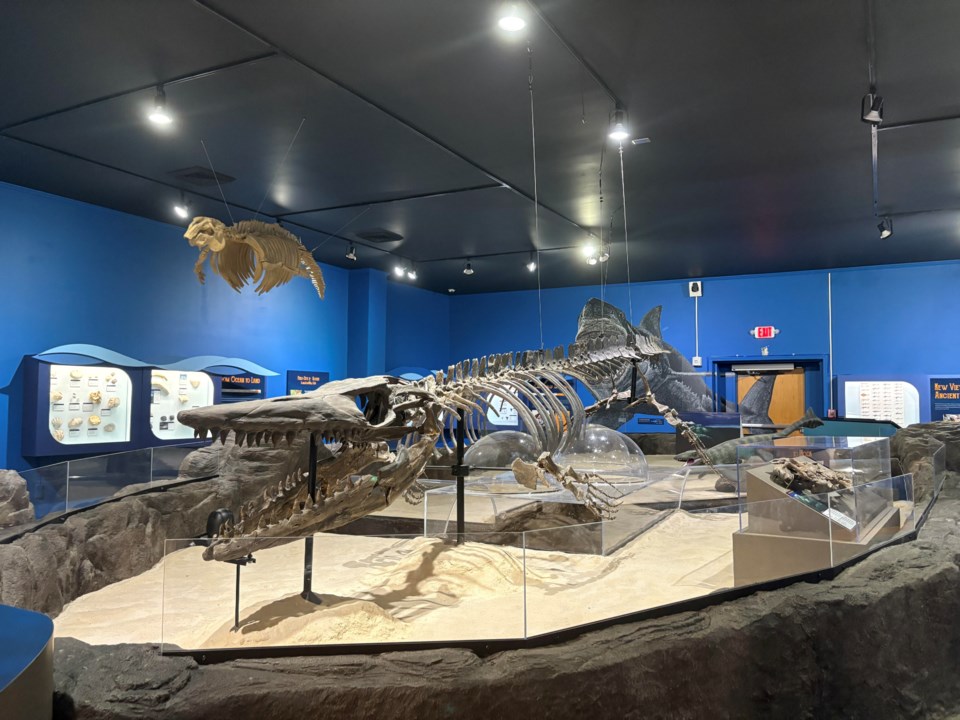
Underneath the mosasaur skeleton was a little cave system for kids to explore, and while I didn't crawl through it, I can imagine the wonder kids must feel when they go through it and have the chance to look up at a mosasaur right above them.
Facts, interactive screens, question prompts, fossils, and reconstructed illustrations of extinct species littered the room from the walls to the floor. This room was definitely my favorite room out of the entire museum, and from it, I learned that I really love the plesiosaur and the Vogtle whale. The plesiosaur lived around 77 million years ago during the Cretaceous period, while the Vogtle dates back to the Eocene Epoch, which spanned from about 56 to 34 million years ago.
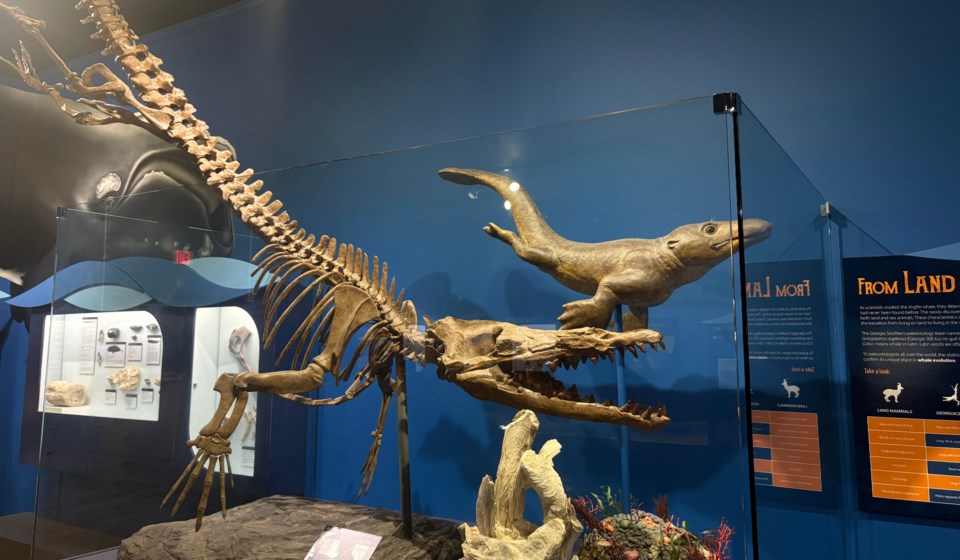
The next room, located to the left of the entrance, covers a broad span of human history—featuring artifacts from the Paleolithic period up to the last few hundred years.
Much like the mosasaur in the previous room, the centerpiece here is another striking display—this time, a 200-year-old canoe. Once a common mode of transportation, canoes like this were frequently used to carry trade goods along the creeks and rivers of Georgia’s Coastal Plain.
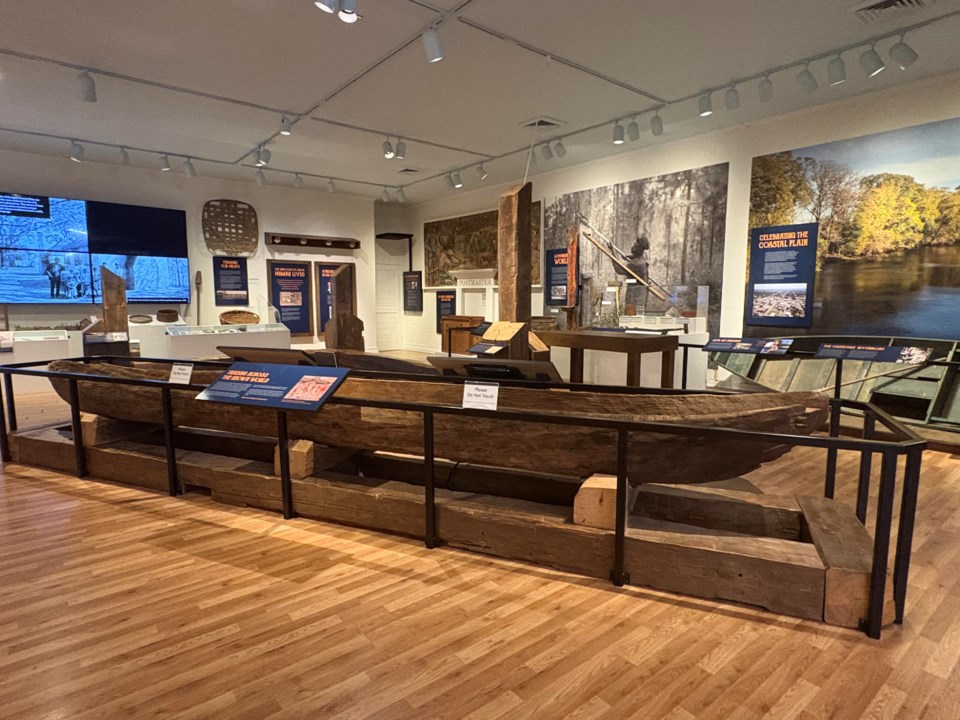
Interactive screens, buttons to push, 3D maps, and fragments of the past grace every inch of this room—unraveling more than 13,000 years of human history right here in Georgia.
Some of the artifacts on display in this room include stone and bone tools, baskets and broken pottery shards, spanning from the Paleoindians—who lived nearly 13,000 years ago—to the Mississippian Mound culture, which dates back about 700 to 800 years.
One thing that continues to both shock and amaze me is how the first Paleoindian hunters followed mastodons—a distant cousin of the mammoth—here about 12,000 years ago. In the previous room dedicated to extinct species, a life-sized illustration of a mastodon and a mammoth stretches across the walls—showcasing just how massive these prehistoric giants truly were.
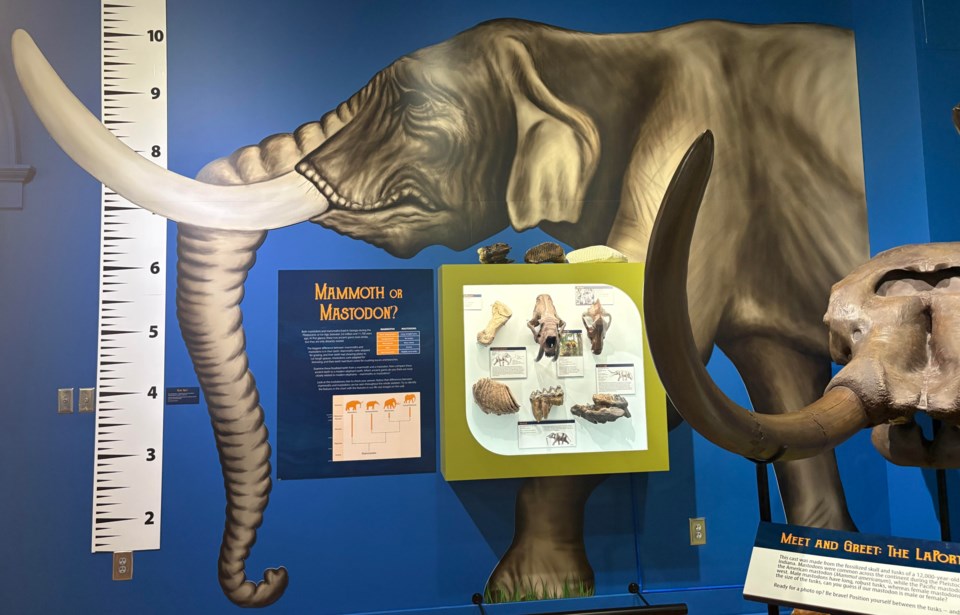
The final room, located straight back from the museum entrance, is dedicated to teaching the importance of the environment around us. It features hands-on activities for children to explore and fun facts lining the walls, making it an engaging space for learning and discovery.
Overall, the museum exceeded my expectations and I stayed far longer than I initially predicted I would—for only $4, this trip was well worth the price and would be an amazing educational experience for all ages!
Hours and Admissions
Tuesday – Friday: 9 a.m. – 5 p.m.
Sunday: 2 p.m. – 5 p.m.
Closed Monday, Saturday and University holidays.
Admission: $4 per person, children 3 and under free
Free to all Georgia Southern students and Museum members. Make sure to download the AMP parking app prior to your visit if you plan to park in front of the museum. Rates are very affordable.
Location
The museum is located at 2142 Southern Drive in the Rosenwald Building on the campus of Georgia Southern University in Statesboro, Georgia. They can be contacted by phone at 912-478-5444.
Click here to learn more about the Georgia Southern Museum.

